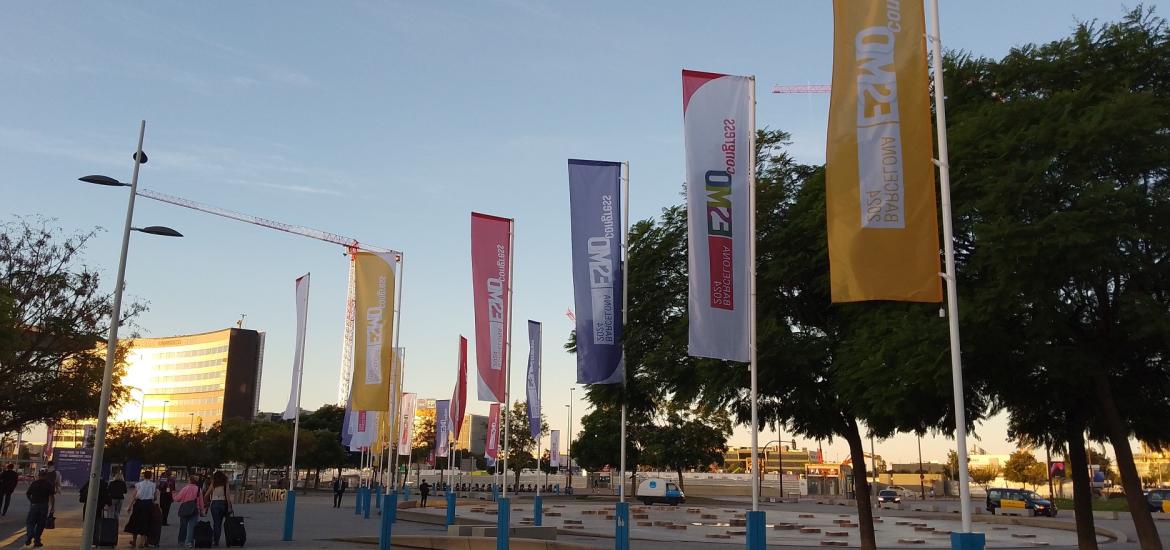
ESMO 2024 – Torl challenges BioNTech in Claudin6
Efficacy with Torl’s ADC looks in line, while toxicity with BNT211 still looms large.
Efficacy with Torl’s ADC looks in line, while toxicity with BNT211 still looms large.

BioNTech has long had the Claudin6 niche to itself, but now there’s a new project in town. Data presented at ESMO on Sunday with Torl Biotherapeutics’ ADC TORL-1-23 show a similar efficacy to BioNTech’s Car-T contender, BNT211.
BNT211 has also long been associated with toxicity, and the ESMO presentation was no exception. Absolute numbers of adverse events weren’t given for Torl’s asset, but it’s possible that TORL-1-23 could differentiate on safety. Looking very safe indeed was another Claudin6 ADC, Daiichi’s DS-9606a. For now that project’s efficacy is falling short, although only a small number of patients were evaluable here.
Cross-trial comparison of Claudin-6-targeted projects at ESMO 2024
| BNT211 | TORL-1-23 | DS-9606a | |
|---|---|---|---|
| Company | BioNTech | TORL Biotherapeutics | Daiichi Sankyo |
| Modality | Car-T | ADC | ADC |
| Study | Ph1/2 OUS trial | Ph1 US trial | Ph1 global trial |
| Cutoff date | 16 May 2024 | 16 Jul 2024 | 14 Jun 2024 |
| ORR | 33% (21/64) | 33% (21/64) | 15% (4/26) |
| TRAEs | 92% | N/A | 53% |
| ≥Gr3 TRAEs | 67% | N/A | 6% |
| Fatal TEAE | 9% | N/A | 0 |
Source: ESMO.
The data on BNT211 came from a phase 1/2 trial that also featured at last year’s ESMO. The latest update focused on 78 patients treated with product derived from an automated manufacturing process. Most had late-line testicular and ovarian cancers, and among 64 evaluable patients there was a 33% ORR.
The presenter, Dr John Haanen of the Leiden University Medical Center, zoomed in on 33 patients who had received BNT211 at dose level 2 (1x108 Car-T cells) or higher, and 100% lymphodepletion plus an mRNA vaccine, called CarVac, designed to boost BNT211. Here, the ORR was 52%. Among 12 ovarian cancer patients treated with this regimen the ORR was 58%.
However, this dose of BNT211 was deemed to be toxic by the discussant at ESMO 2023, Centre Léon Bérard’s Dr Philippe Cassier. The latest data showed seven fatal adverse events, three deemed related to BNT211, and all three came at dose level 2.
BioNTech has previously said it’s planning a pivotal phase 2 trial of BNT211 in testicular germ cell tumours, but the start of this was recently pushed back to 2025; it had once been expected to begin in 2023. Perhaps the group is still trying to nail down the ideal dose.
TORL-1-23
The ESMO data on TORL-1-23 also encompassed various doses, and the most efficacious appears to be 2.4mg/kg of this ADC, which uses an MMAE payload.
Across 64 evaluable patients the ORR was 33%. Focusing on eight Claudin6-positive patients receiving 2.4mg/kg gave an ORR of 50%. This looks very similar to those seen with BNT211, although the numbers of patients involved in these subgroups is small.
Unfortunately it’s difficult to glean much about TORL-1-23’s toxicity, as the ESMO presentation only gave details on the most common adverse events, rather than absolute numbers. But this could become a point of differentiation for Torl, given BNT211’s profile.
Torl has disclosed plans to start a pivotal phase 2 trial of TORL-1-23 in the second half of this year.
DS-9606a
The safety profile of Daiichi’s ADC contender, DS-9606a, was “excellent”, according to the ESMO discussant, Dr Cinta Hierro of the Catalan Institute of Oncology. However, she flagged skin issues seen in 17% of patients.
In terms of efficacy, however, the project, which uses a modified pyrrolobenzodiazepine payload, didn’t look as impressive as BNT211 or TORL-1-23. Still, only 27 patients were included in the efficacy analysis, and Hierro flagged the fact there were responses in several cancer types: germ cell tumours, gastric, and NSCLC.
Enrolment and dose escalation are ongoing, and the dose for expansion hasn’t yet been identified, so it’s possible for this number to improve.
One thing is clear: BioNTech has lost its lead, and there could soon be more challengers: Claudin6 has become a crowded space, with 15 projects in clinical and preclinical development according to OncologyPipeline, despite Amgen’s recent discontinuation of AMG 794.
2197













